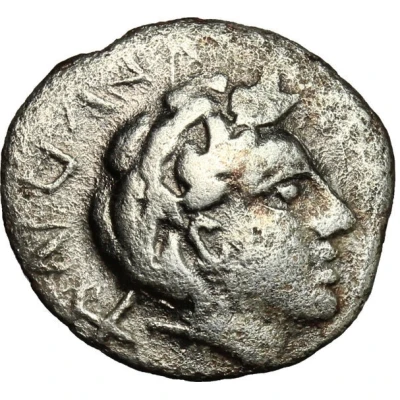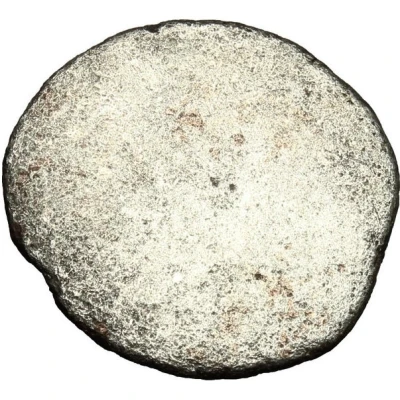


© Artemide Aste
Silver 10 Asses Metl series 301 BC - 201 BC
| Silver | 2.60 g | 18 mm |
| Issuer | Populonia (Etruria) |
|---|---|
| Type | Standard circulation coin |
| Years | 301 BC - 201 BC |
| Value | 10 Asses |
| Currency | As (circa 475-201 BC) |
| Composition | Silver |
| Weight | 2.60 g |
| Diameter | 18 mm |
| Shape | Round (irregular) |
| Technique | Hammered |
| Demonetized | Yes |
| Updated | 2024-10-09 |
| Numista | N#179424 |
|---|---|
| Rarity index | 100% |
Reverse
Blank (uniface).
Edge
Plain
Comment
Only three examples are known.While the exact meaning of Metl is unknown, some theorize it is connected to Metallum (metal) or Matalli (mine), which is seen on some Roman coins of the mines.
There has been much controversy on dating Populonian coins, and as such, the date ranges my vary per source.
The Metl series was struck using Populonia's fourth silver standard, which is equal to the third silver standard except with the weights of all denomination being halved.
Interesting fact
The Silver 10 Asses coin from Populonia (Etruria) was used as a form of currency in the ancient Etruscan civilization, which flourished in central Italy between the 8th and 3rd centuries BC. The coin features an image of a horse on one side and a mythical creature called a "griffin" on the other. The griffin was a symbol of protection and strength in Etruscan culture, and its presence on the coin suggests that the coin was used for commercial transactions and was considered a valuable and secure form of currency.